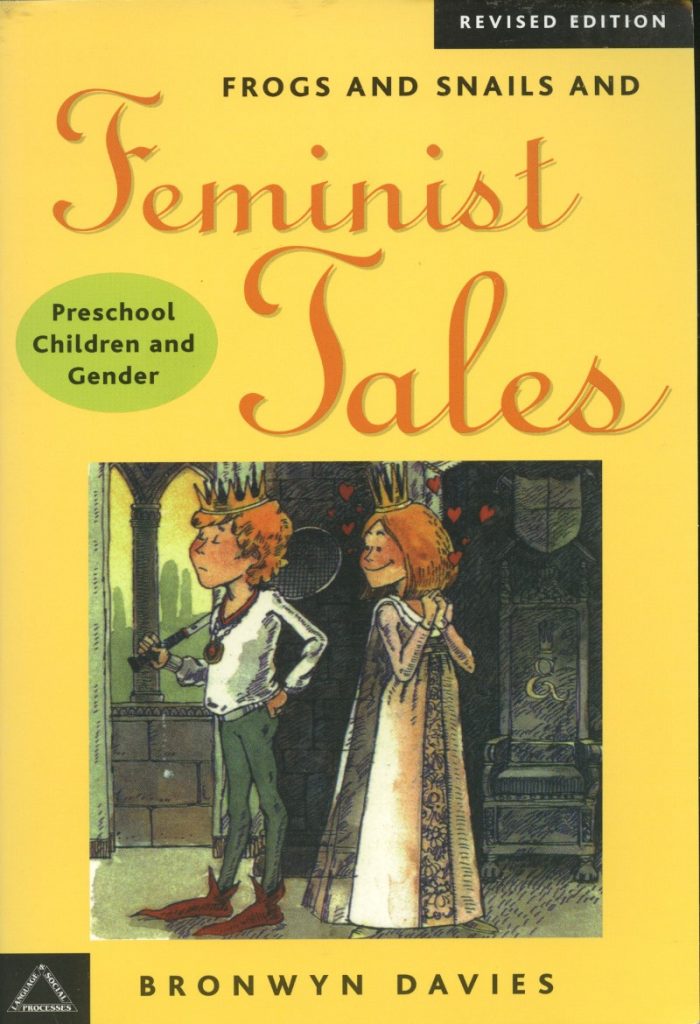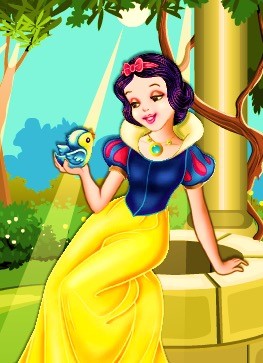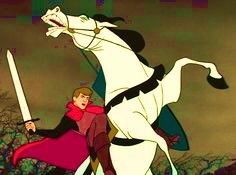We are thrilled to share a feature written by Dr Marios Kostas. Marios is a Senior Lecturer in Early Childhood Education and Care at Canterbury Campus of the University. Marios has a doctorate in Social Psychology of Education from the UCL Institute of Education. His current research focuses on post-structuralist approaches to gender and subjectivity and in particular on the work of Judith Butler. Prior to working for Canterbury Christ Church University, Marios lectured at higher education institutions in the UK and abroad and trained and taught in primary schools in London.
The Prince on the Black Horse: Is unlearning to ‘bet on the Prince’ possible through reading classic fairy tales against the grain?
In the 1960s, second-wave feminists raised concerns about the potential deleterious impact of the traditional portrayals of male and female characters in children’s literature on boys’ and girls’ perceptions of gender roles and their gender identity development, for storytelling is one of the most high-yielding ways of conveying values and cultivating attitudes. Feminists of the ’60s argued that ‘putting children to sleep’ with traditional princes and princesses may be a source of social ‘nightmares’ of gender inequality, because through literature children crystallize society’s expectations of them on the basis of their gender.
Traditional folktales such as Cinderella, Snow White, and Sleeping Beauty were at the centre of the feminist critique. The ostensibly innocent male and female characters in classic fairy tales promote gender stereotypes. In these tales, female characters are often portrayed as passive, sweet, naive, conforming, and dependent on men, whereas male characters appear strong, adventurous, independent, skilled, and talented. The prosaic and utopian portrayals of beautiful and weak princesses in need of rescuing by a strong, heroic and handsome prince predisposes children not to question existing social relationships and encourages them to behave in gender-stereotyped ways.
To many people, these traditional gender portrayals in children’s stories reflect biological differences between the two sexes. To feminists, however, these rigid gender representations do not mirror a social reality but, on the contrary, create and perpetuate a social actuality by reinforcing traditional patriarchal values, which make gender differences appear natural and the product of innate biological differences.
 The feminist response to traditional folktales was to provide alternative stories with female protagonists portrayed as physically powerful, dynamic, and autonomous. In these tales, heroines subvert existing power structures and conventional expectations with the intent of shaking off the shackles of gender stereotypes promoted through classic fairy tales.
The feminist response to traditional folktales was to provide alternative stories with female protagonists portrayed as physically powerful, dynamic, and autonomous. In these tales, heroines subvert existing power structures and conventional expectations with the intent of shaking off the shackles of gender stereotypes promoted through classic fairy tales.
Based on the theoretical foundations laid by Bandura’s conceptualisation of socialisation through observational learning, feminist fairy tales were seen as a panacea for deconstructing patriarchy and promoting gender equality in society. In particular, through the lens of social learning theory children were perceived as passive recipients of the socialisation process who simply soak up the gender stereotypes promoted through the literature they read. In this view, children’s exposure to non-normative gender representations would be a sufficient antidote in combating sexism and cultivating gender-egalitarian views.
Nevertheless, scholars who have explored children’s sense-making of non-traditional gender representations have postulated that children as readers are active producers of meanings, not merely passive recipients of pre-determined denotations in texts (see Davies, 1989; and Kostas, 2016). More specifically, children give multiple meanings to texts by either challenging or reproducing specific gender stereotypes, for they use their own understanding and knowledge of other stories as well as their own experiences of the social world to make sense of gender roles in narratives. In addition, parents’ professional statuses and education levels, especially the mothers’ professional statuses, seem to affect boys’ and girls’ sense-making of gender stereotypes. Children with mothers in paid employment, in particular, are more critical of traditional gender representations in children’s literature. This positive relationship is even stronger when the mother holds a position that gives her agency or authority. Similarly, several studies have shown that gender exerts a catalytic influence on children’s ability to break away from gender stereotypes. In particular, girls are often more prepared than boys to participate in the disruption of traditional gender stereotypes, mainly because by negating traditional gender structures they challenge the disempowerment of femininity, which is reinforced by these traditional representations of womanhood in the children’s literature. In this sense, texts are polysemous sites and children are not passive learners/readers who do not passively take on the gender stereotypes of male and female roles promoted through the literature.
 Although feminist tales provide an alternative to a traditional, sexist worldview and encourage children to challenge traditional gender stereotypes, they are often not powerful enough to disrupt it. While several catalysts affect children’s ability to break away from traditional gender stereotypes in literature, previous exposure to gender-egalitarian views of masculinity and femininity appears to be the most influential. Therefore, amendments to the content of gender socialisation in the family (e.g. gender-neutral toys) and a complete reform of the education system (e.g. rewriting school textbooks from a gendererspective and training educators on gender-equality issues) are imperative for overcoming the obstacles to promoting gender equality in society.
Although feminist tales provide an alternative to a traditional, sexist worldview and encourage children to challenge traditional gender stereotypes, they are often not powerful enough to disrupt it. While several catalysts affect children’s ability to break away from traditional gender stereotypes in literature, previous exposure to gender-egalitarian views of masculinity and femininity appears to be the most influential. Therefore, amendments to the content of gender socialisation in the family (e.g. gender-neutral toys) and a complete reform of the education system (e.g. rewriting school textbooks from a gendererspective and training educators on gender-equality issues) are imperative for overcoming the obstacles to promoting gender equality in society.
If you would like to contribute to the GEA site, please see here for details.


